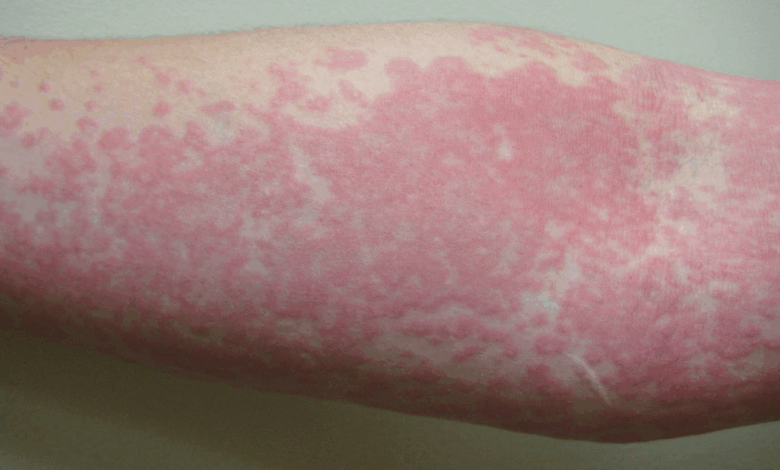What Are Hives and Why Do They Happen?

Hives, medically known as urticaria, are red, raised, and intensely itchy welts that can appear anywhere on the body — from the face and arms to the legs and torso. These spots can range in size from tiny dots to large patches that merge together. Though they often fade within hours or days, hives can recur unexpectedly, deeply affecting comfort and quality of life.
The reaction happens when mast cells in the body release histamine and other chemicals into the bloodstream. This causes the skin’s small blood vessels (capillaries) to leak fluid, leading to the characteristic swelling and redness.
Common symptoms include:
-
Hives: Raised welts that may look red around the edges and pale in the center.
-
Itching (Pruritus): Varying from mild irritation to severe discomfort.
-
Short-Lived Marks: Each welt usually disappears within 24 hours without leaving scars.
Sometimes, hives come with angioedema, a deeper swelling beneath the skin, often affecting the hands, feet, lips, or eyelids. If swelling occurs around the tongue or throat, it becomes a medical emergency due to potential breathing difficulties.